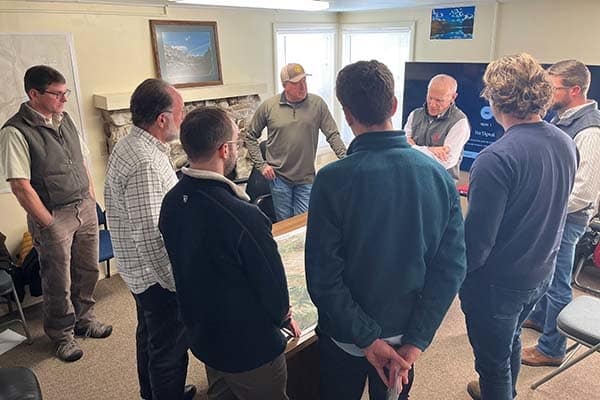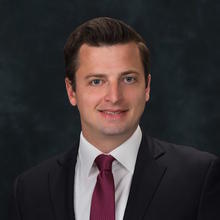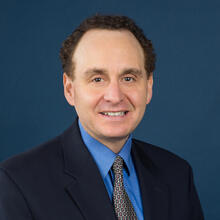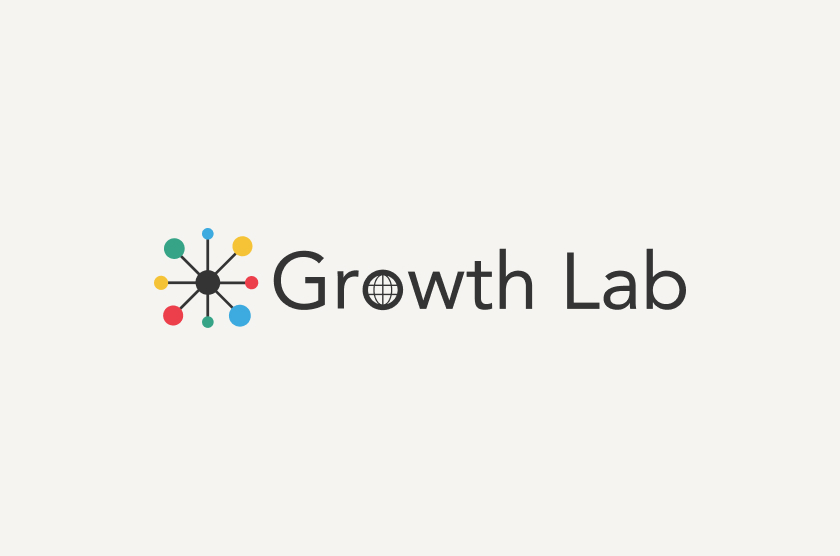Strengthening the Understanding of Public Policy Challenges in Bolivia
Funded By
Universidad Católica Boliviana
The Growth Lab and the Master’s Programs for Development (MpD) at Catholic University of Bolivia initiated this engagement to strengthen the teaching and studies of the public policy challenges in Bolivia. Led by HKS Faculty Dan Levy, the engagement incorporates the research of the Growth Lab program and the curriculum and pedagogy of the Harvard Kennedy School as well as the rest of Harvard.
The key areas of focus of the engagement are in:
- incorporating new teaching methodologies and technologies to enhance quality of pedagogy, particularly around course management systems and flexible course formats that support online learning and teaching
- analyzing the Bolivian economy, its economic complexity, and the restrictions it faces, from a growth diagnostics perspective, in order to propose public policies to enhance the country’s development
- understanding entrepreneurship and productivity in Bolivia, and fostering business development to achieve sustainable growth
The engagement operates through adaptive modalities of faculty and student seminars, trainings, co-creation and collaborative research, curriculum development, and two-way visits.
Origin
The origin of the engagement between the Harvard Kennedy School and Catholic University of Bolivia dates back to the early 1990s as the basis for the creation of the Master’s Degree program in Public Policy and Management. Housed within the School of Production and Competitiveness (ePC, Escuela de la Producción y la Competitividad), the program grew and evolved over the years to include Master’s Programs in Public Policy, Business Administration and Finance.
Celebrating 25 years of the MpD, the master’s programs have had an important impact on Bolivian public life. The more than 1,400 graduates of MpD are in significant positions in the government and the private sector, as well as in non-profit organizations and other Bolivian institutions. More than 4,000 Bolivians have been reached through its short courses. Through the MpD curriculum, the ePC has increasingly focused its research, teaching, and outreach efforts on the interrelated themes of local development, entrepreneurship, microfinance, poverty and social development.
Affiliated Publications
Spotlight
Planting the Seeds of Public Policy
This story examines the nearly thirty-year collaboration between Harvard and Bolivia, from its origins in the mid-1990s to the current research and knowledge exchange between the Catholic University of Bolivia and the Growth Lab. Faculty and researchers at both schools explain how the relationship has deepened in recent years, with collaboration on teaching methods, economic research, and online learning tools during the pandemic.

Videos
Development Talks / Interviews

Tools
Atlas of Economic Complexity
Explore Bolivia’s Country Profile
Bolivia is a lower-middle-income country, ranking as the 99th richest economy per capita out of 145 studied. Its 12.1 million inhabitants have a GDP per capita of $3,748 ($11,028 PPP; 2023). GDP per capita growth has averaged -0.1% over the past five years, above regional averages. Bolivia ranks as the 122nd most complex country in the Economic Complexity Index (ECI) ranking.
Team Members





